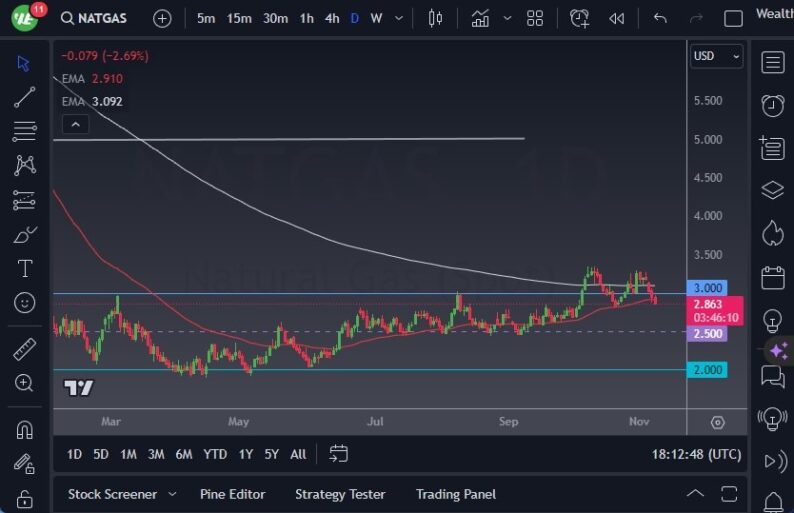Notably, the United States is currently experiencing warmer temperatures, a factor that exerts a significant influence on Natural Gas markets. While these warmer conditions are currently at play, it’s essential to recognize that they are expected to be temporary. Consequently, the anticipation is that demand will once again pick up, following the cyclical pattern that is characteristic of this market. This pullback, while notable, is viewed as a necessary correction, particularly considering that Natural Gas had surged by 40% since its recent bottom.The typical factors that drive Natural Gas prices higher during this time of the year remain fully in effect. Additionally, the European Union faces a critical challenge in securing an adequate supply of Natural Gas, a predicament that will inevitably impact pricing dynamics in the United States.Within the Natural Gas market, two distinct groups of participants can be observed. There are those who are strategically positioning for the winter season, considering the longer-term outlook. Concurrently, there are traders who focus on short-term weather patterns, reacting to the next few days’ forecasts. Natural Gas, due to its sensitivity to weather conditions, poses a unique challenge for retail traders who need access to detailed meteorological information, particularly for regions like the northeastern United States and the Midwest.
Consider Lower-leverage PositionsIt’s important to note that the displayed price pertains to the Henry Hub contract, which is inherently American-centric. However, the United States is poised to export a substantial volume of Natural Gas to the European Union this winter, potentially stimulating increased demand. Given the intricacies of the Natural Gas market, a cautious approach is advisable, particularly for retail traders. Positions with minimal leverage are prudent, and Exchange-Traded Funds (ETFs) and CFD markets, which allow for position size adjustment, can serve as suitable vehicles for participation in this complex market.In the end, the Natural Gas market currently grapples with short-term fluctuations around the 50-Day EMA. Warm temperatures in the United States notwithstanding, the cyclical nature of Natural Gas demand and the European Union’s supply challenge continue to be driving factors. Retail traders are encouraged to approach this market with caution and consider lower-leverage positions due to its sensitivity to meteorological data and weather patterns. More By This Author:Gold Forecast: Markets Drop On Tuesday AUD/USD Forecast: Dumps After Poor Chinese DataNatural Gas Forecast: Moves On Weekly Weather Patterns
More By This Author:Gold Forecast: Markets Drop On Tuesday AUD/USD Forecast: Dumps After Poor Chinese DataNatural Gas Forecast: Moves On Weekly Weather Patterns














Leave A Comment